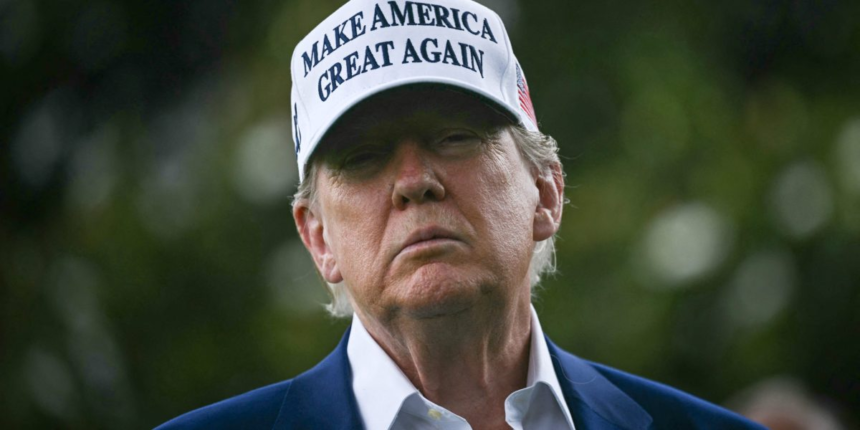President Trump has kept spectators largely in the dark about his intentions, saying Wednesday “I may do it … I may not. I mean, nobody knows what I’m going to do.”
In a note Wednesday—published by Goldman ahead of Leavitt’s announcement yesterday—commodities researchers Daan Struyven, Ephraim Sutherland and Yulia Zhestkova Grigsby wrote there is a 65% of U.S. military action against Iran by July, citing a Polymarket survey.
That being said, the analysts left the chances of a U.S.-Iran deal this year at 50%.
The note seen by Fortune adds: “Our global indices of oil shipping rates have increased over the past week as increased risks have lifted rates for Middle Eastern routes.”
Per Goldman’s research, the rate in U.S. dollars per barrel increased in the recent-term from $4.5 to $5.5 for clean stock and approximately $2.8 to $3.1 for dirty.
This, in turn, has ramifications for costs given the lag in delivery times and the use of less efficient routes.
However the conflict plays out, strategists at Macquarie expect oil prices to continue to shift over the coming weeks, writing in a note earlier this week seen by Fortune: “We expect oil prices to remain volatile with an upward trend for the next few weeks as both Iran and Israel maintain their military intensity.
“Regardless of military or diplomatic progress, we expect Brent to rally towards the low $80 level before hitting a plateau as the perceived risk of actual oil supply disruption becomes largely discounted.”
Goldman also said OPEC+ could provide a much-needed buffer amid the volatility, undoing some of the cuts it has announced previously.
“While the exact magnitude is uncertain, we believe that above-average global spare capacity (worth around 4-5% of global demand) is the key buffer to Iran-only disruptions via larger-than-otherwise unwinds of OPEC+ production cuts,” added the Goldman analysts.
Already the volatility has lit a fire under the U.S. dollar, which has been caught in a tug-of-war between better-than-expected inflation expectations and a flee to safety amid rising geopolitical tensions.
As Antonio Ruggiero, senior FX and macro strategist at Convera wrote in a note to Fortune yesterday: “Behind the façade of safe-haven appeal lies the true driver of the dollar’s rebound: rising oil prices, now hovering near a five-month high.
“Since most global oil trades are settled in U.S. dollars, surging crude demand tends to drive additional demand for USD. This rebound in sentiment is also reflected in the options market, where—for the first time since April—traders have backed off from bearish dollar positions.”









